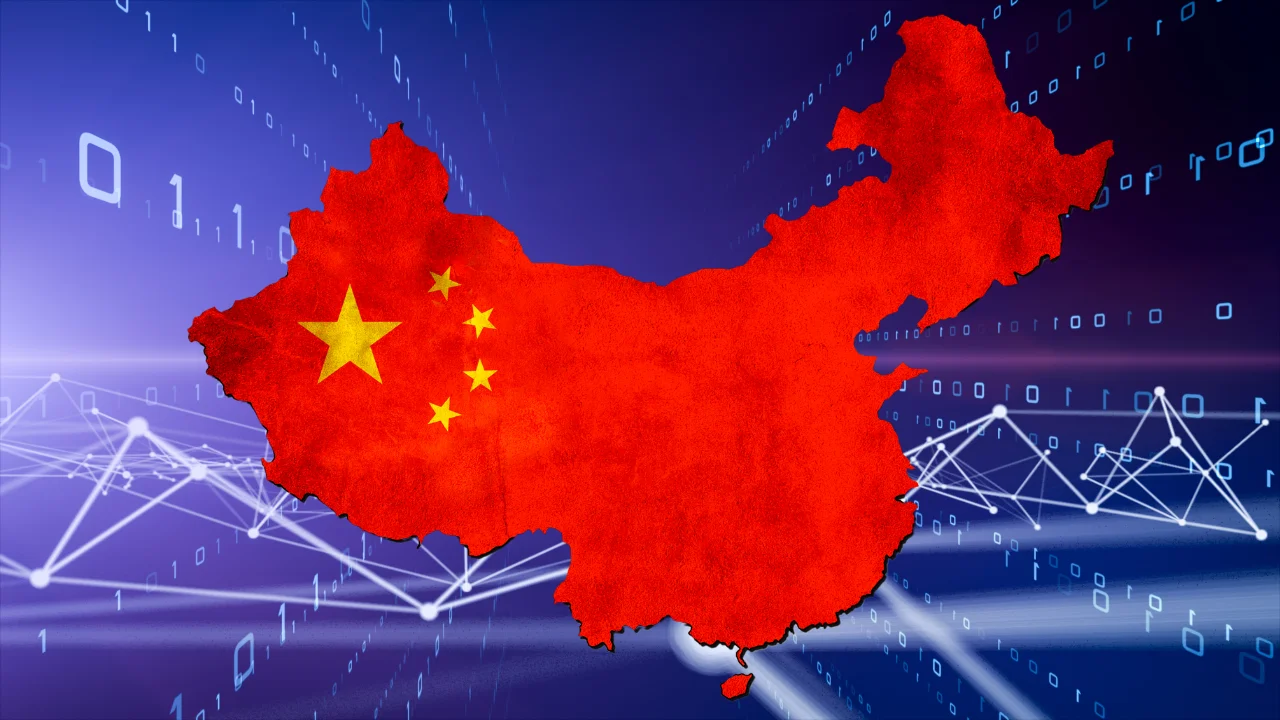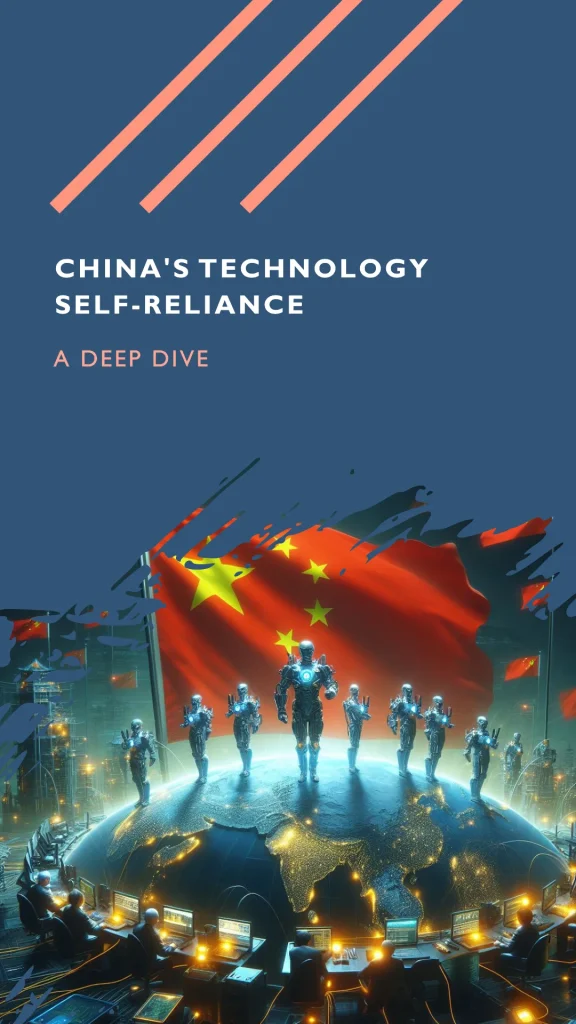In a bold move that has sent ripples across the globe, China has declared its intention to become self-reliant in technology.
This news piece delves into the heart of this claim, analyzing the factors at play, the implications for the global tech landscape, and what the future might hold.
Stay tuned as we unravel the intricacies of this development.
Is China Really Aiming for Tech Self-Reliance?
Yes, it’s true. China has indeed vowed to build up industries it sees as crucial to future competitiveness, ranging from artificial intelligence to space.
This commitment was published during the annual meeting of parliament, delivering a clear message: China is open for business, as long as it fits with a national agenda now defined by a quest for self-sufficiency.
But what led to this decision?
What Made China Eligible to Claim Self-Reliance in Tech?
China’s journey towards tech self-reliance is not a sudden leap, but a result of years of strategic planning and investment. The country has been encouraging sci-tech innovation, increasing funding for R&D, and reforming its sci-tech innovation system.
In terms of funding, China’s social Research and Experimental Development (R&D) investment in 2021 reached 2.7864 trillion yuan, an increase of 14.2 percent over the previous year. This increased R&D investment, paired with continued reform of China’s innovation system, will play an important role in China’s development of advanced technologies.
China has also pruned its “negative list” of sectors restricted or prohibited for market access, from 123 in 2020 to 117 in 2022. The negative list consists of sectors prohibited or restricted for investment from both Chinese and foreign companies without special regulatory approval. Sectors not included on these lists are open to investment.
In the automotive sector, for instance, electric vehicle makers like Tesla have been allowed to set up wholly-owned entities, with foreign firms such as BMW and Volkswagen being permitted to take majority control of their joint ventures. This has boosted production and allowed for the transfer of critical internal combustion engine (ICE) capability to Chinese partners.
But here’s a question for you, dear reader: Can a country truly be self-reliant in today’s interconnected world?
Or is it more about striking a balance between self-reliance and global cooperation?
What Does China’s Tech Self-Reliance Mean for the USA?
The U.S. has been the global tech leader for decades, but that position is now being challenged by China. The U.S. enacted a new set of export controls in 2022 designed to cripple China’s future progress in AI technology. In response, China has begun striking back.
For instance, China’s anti-trust authority has effectively blocked any and all corporate mergers involving a U.S. semiconductor company that operates in Chinese markets.
This move is more painful for the U.S. semiconductor industry than it might at first sound, as corporate mergers are critical for U.S. companies to acquire innovative technology and to make strategic changes to their business model.
The Future of Technology with China’s Self-Reliance
China’s quest for tech self-reliance will undoubtedly shape the future of technology. The country aims to increase research and development (R&D) investment by seven percent each year, with a focus on basic research.
This increased R&D investment, paired with continued reform of China’s innovation system, will play an important role in China’s development of advanced technologies listed in the plan, including artificial intelligence, biotechnology, blockchain, neuroscience, quantum computing, and robotics.
In conclusion, China’s pursuit of tech self-reliance is a game-changer, not just for the country itself, but for the global tech landscape. It’s a fascinating development that we’ll be watching closely. And as we ponder the implications, here’s a final question: How will other countries respond to this shift in the tech power balance?
Stay tuned for more in-depth analysis on this and other tech trends.
Furthermore, delve deeper into the implications of China’s tech surge and its ripple effects on the industry’s workforce in our exploration of the ongoing AI tsunami in the job market. Discover how these two narratives intertwine, shaping the future of technology and employment dynamics worldwide.





